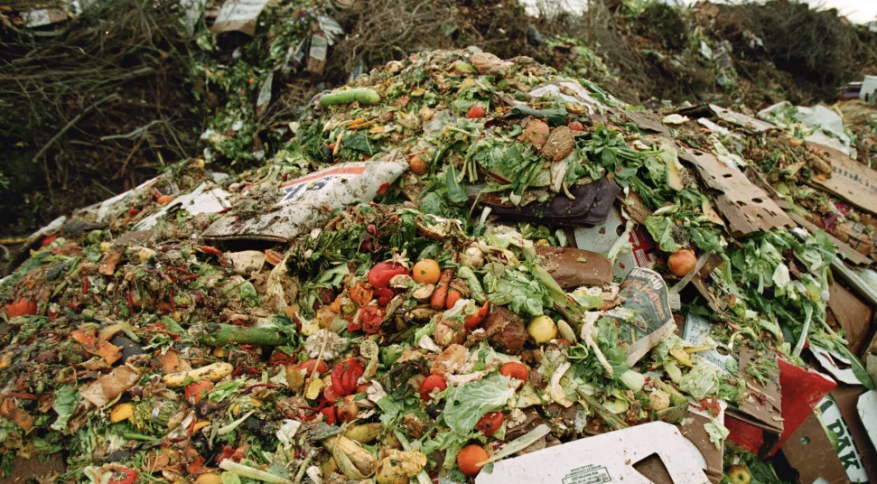By Tiwonge Ng’ona Kampondeni
As a Malawian attending this year’s COP27 Summit, one of the most shocking statistics that I have learned in my time here is the data surrounding the role that global food waste plays in global warming.
In Malawi, where food is scarce for many, food waste is primarily a consequence of poor storage, lack of refrigeration, consumer demand, or the inability to get crops to market before they spoil It is rarely about throwing out food from our presses, from our supermarket shelves, and from our plates.
In my wildest imagination I would never have thought that wasted food would be a huge contributor to the problem we are facing. This is a first world phenomenon.
However, the United Nations, who calculate that nearly one trillion tonnes of food is thrown away each year, estimate that the decomposition of this food in landfills is responsible for causing around one-tenth of the world’s climate-warming gases.
Malawi’s National Smallholder Farmers’ Association CEO Betty Chinyamunyuamu, in a COP palnel discussion said that quality standards being demanded by consumers was also contributing to food waste on the farm. “There are some standards that have nothing to do with safety, but relates to the appearance of the product,” she said. “If a product does not look good enough it will not be bought by multi-national companies,” she said.
“Because there is no buyer, this contributes to wastage on the farm,” she told the meeting. Adding to the challenge, the chances in appearance of crops because of climate change was feeding into the problem – some groundnut varieties have simply shrunk in size because of climate” she said.
Back in 2015, countries of the world pledged at COP that they would halve food waste by 2030. However, few nations are on track to do so, and with just eight years to go “we are nowhere close to reaching that goal,” Rosa Rolle, team leader for food loss and waste at the UN Food and Agriculture Organisation told the summit.


